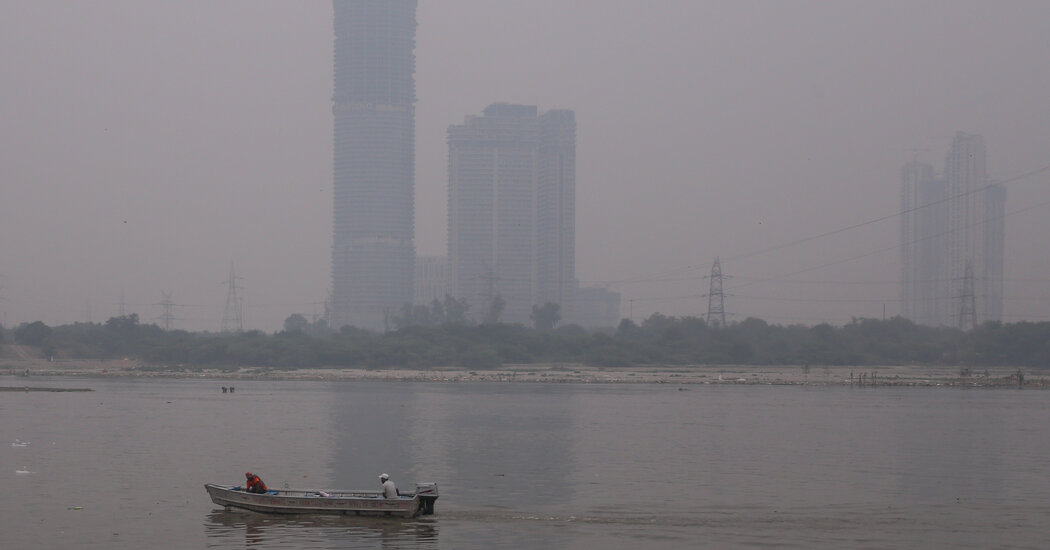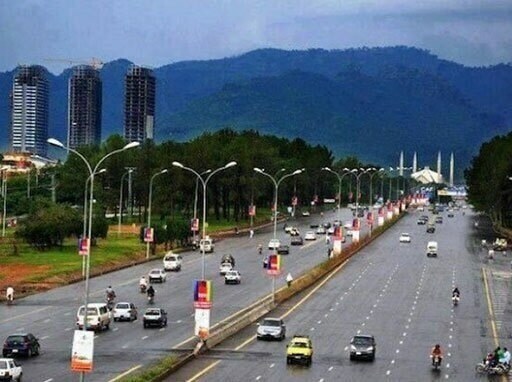Copyright india

Chickens Neck: India has reinforced its military posture around the strategically crucial Siliguri Corridor by establishing three new fully operational garrisons near the Indo-Bangladesh border, according to defence and intelligence assessments cited in reports. The new installations are located at Bamuni (close to Dhubri), Kishanganj, and Chopra, forming a tighter defensive grid over what is widely known as the nation’s “Chicken’s Neck”.The corridor, just 22 km wide, is India’s only land link to the Northeast and is tightly sandwiched between Nepal, Bhutan, China, and Bangladesh, making it one of the most sensitive military choke points in South Asia.The reinforcement coincides with Bangladesh’s ongoing political shift following the exit of former Prime Minister Sheikh Hasina. Reports indicate that the current interim administration under Muhammad Yunus has initiated renewed diplomatic and defence-level engagement with Islamabad, including a recent meeting with Pakistan’s Joint Chiefs of Staff Committee Chairman, General Sahir Shamshad Mirza.Additionally, Dhaka is reportedly seeking expanded Chinese investments and defence cooperation, raising concerns in New Delhi over a changing strategic balance in the region.Reports describe these developments as a possible attempt to redefine geopolitical influence in India’s eastern neighbourhood, directly affecting the security calculus around the Siliguri corridor.The Trishakti Corps (33 Corps), headquartered in Sukna near Siliguri, commands ground operations in the sector. The Corps routinely conducts live-fire drills and rapid-mobilisation exercises in riverine and high-mobility terrain to maintain combat readiness. Armoured units operating T-90 tanks and mechanised formations are positioned for fast deployment along critical approach routes.Aerial security over the corridor is reinforced by the Rafale combat aircraft stationed at Hashimara Air Base in West Bengal, providing high-speed interception and deep-strike capability. The region is also supported by a BrahMos cruise missile regiment, offering stand-off precision strike options.India has further deployed an integrated air defence umbrella, comprising:* S-400 Triumf long-range air defence system* MRSAM (DRDO–Israel joint system)* Akash surface-to-air missile batteries* BrahMos* Rafale fighter jetsReports indicate that the layered system is designed to deter and destroy hostile aircraft or missile intrusions, particularly along the China frontier. The Ministry of Defence recently cleared funding for two additional regiments of the upgraded Akash-Advanced, featuring 360° engagement and enhanced seeker technology.After lessons learned during Operation Sindoor, the Indian Army has accelerated the formation of Ashni platoons equipped with FPV and kamikaze drones, and Bhairav battalions trained for precision strike missions with loitering munitions. Officials say these unmanned strike units are designed for “fast deployment and close integration with frontline formations” to counter both conventional and hybrid threats.Defence analysts view the recent deployments as part of a long-term force posture strategy to ensure that the Siliguri Corridor remains secure even under multi-front pressure. The corridor’s protection has become central to India’s national security outlook, especially amid shifting alignments in South Asia and the Indo-Pacific.



